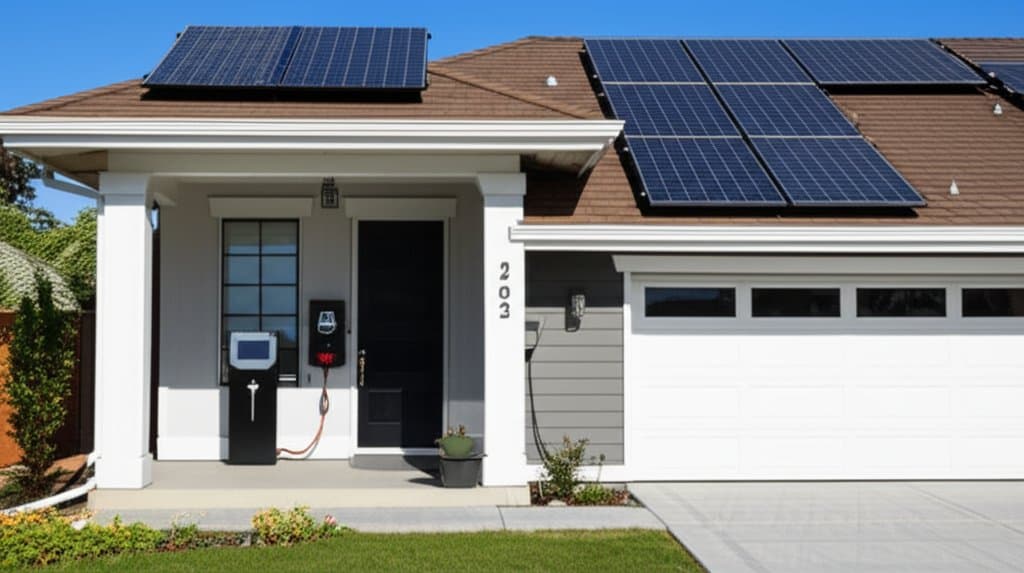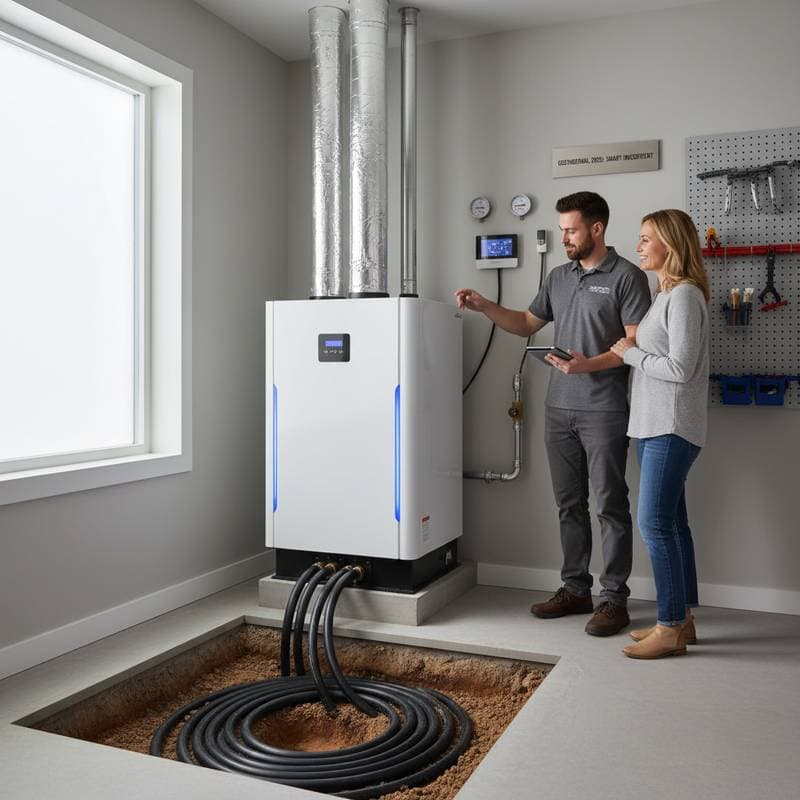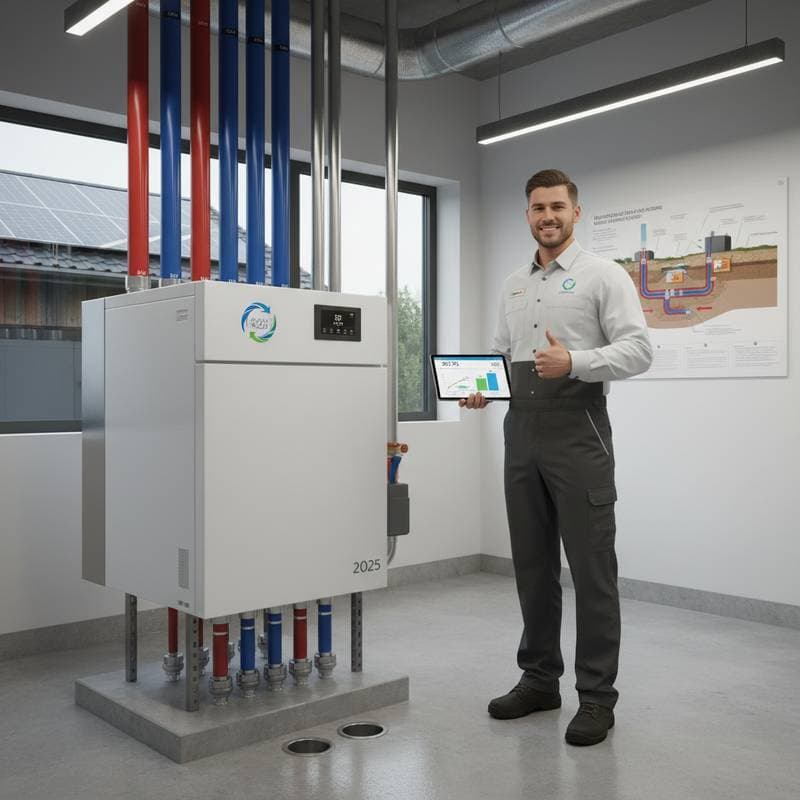Tesla Powerwall 3: The Smart Choice for Energy Savings in 2025
Picture yourself at home during a fierce storm, with the neighborhood plunged into darkness, yet your lights remain steady and your appliances hum along without a hitch. This level of energy security is no longer a distant hope for many households, thanks to advanced home battery systems. Among these, the Tesla Powerwall 3 stands out as a top contender. With its latest iteration, Tesla promises not only to keep your home powered but also to significantly cut electricity costs. So, does it deliver on these bold claims for 2025?
Why Home Batteries Are Transforming Energy Use
The surge in demand for home energy storage reflects a broader shift in how we manage power. With grid reliability faltering in some regions, utility rates climbing, and solar adoption on the rise, homeowners are seeking ways to break free from total dependence on traditional providers. A home battery captures excess solar energy generated during the day for use at night or during outages, offering both savings and stability.
What makes systems like the Powerwall 3 remarkable is their intelligent energy management. They sync seamlessly with solar setups, optimize grid usage based on cost patterns, and, in certain areas, allow you to earn credits by feeding stored power back into the grid. This blend of practicality and innovation positions home batteries as a cornerstone of modern energy independence.
Inside the Tesla Powerwall 3: Key Features and Specs
Tesla has refined its technology with the Powerwall 3, delivering a robust solution for residential energy needs. Here are the critical details that define its performance:
- Usable Capacity: 13.5 kWh, sufficient for most household demands during outages or peak usage.
- Continuous Power Output: 11.5 kW, capable of running multiple major appliances at once.
- Peak Power Output: 15 kW, handling sudden surges with ease.
- Integrated Inverter: Built-in, simplifying installation and reducing additional costs compared to competitors.
- Warranty: 10 years, ensuring at least 70 percent capacity retention over the term.
This integrated inverter sets the Powerwall 3 apart, as many rival systems require a separate component for solar integration, adding to both expense and complexity. Tesla’s design streamlines the process, making it a more accessible choice for many.
Cost Breakdown and Financial Benefits
The upfront investment for a Powerwall 3, including installation, typically ranges from $11,000 to $14,000. While this figure may seem steep, the long-term savings and available incentives paint a more appealing picture. Homeowners pairing the system with solar can expect to reduce electricity bills by 20 to 50 percent, depending on local rates and usage habits. For a household saving $1,200 annually, the system could pay for itself in roughly 7 to 10 years.
Beyond direct savings, financial perks sweeten the deal. Federal tax credits can offset up to 30 percent of the cost, while state and utility rebates in some regions provide additional reductions of $2,000 to $5,000. Participating in grid services, where you sell stored energy back during peak demand, further boosts the return on investment.
Real-World Performance: What to Expect
Specifications provide a foundation, but practical performance reveals the true value of the Powerwall 3. During power outages, its 13.5 kWh capacity supports essentials like refrigerators, lights, and even air conditioning for hours. When paired with solar panels, it recharges daily, potentially sustaining off-grid operation in favorable weather. For areas with time-of-use pricing, the system stores energy when rates are low and discharges it during costly peak hours, shaving hundreds off annual bills.
Comparing the Powerwall 3 to Rivals
Tesla faces stiff competition from brands like Enphase and LG, each offering unique strengths. The Enphase IQ Battery 10, with a 10 kWh capacity, excels in modular design, allowing gradual expansion, though its 3.84 kW output limits whole-home backup. The LG RESU Prime 16H provides a larger 16 kWh capacity, ideal for bigger households, but lacks an integrated inverter, increasing installation complexity. The Powerwall 3 strikes a balance with solid capacity, high output, and ease of setup, making it a versatile pick for diverse needs.
Potential Limitations to Weigh
Despite its strengths, the Powerwall 3 is not without challenges. The initial cost, even with incentives, remains a barrier for some budgets. High demand for Tesla products can also mean delays in securing an installation slot. Additionally, while the built-in inverter simplifies many setups, it may pose compatibility issues if you already have a different solar inverter in place. Understanding these factors ensures a decision grounded in reality rather than enthusiasm alone.
Who Stands to Gain the Most
The Powerwall 3 offers maximum value to specific households. Those in outage-prone areas benefit from reliable whole-home backup. Solar users can amplify efficiency and savings by storing excess generation. Households facing steep peak-hour rates save by shifting usage to stored, low-cost energy. Larger families, with greater power demands, will appreciate the system’s ability to handle multiple appliances simultaneously.
Moving Toward Energy Independence
If the Tesla Powerwall 3 seems like a fit, begin by assessing your home’s energy profile. Calculate daily usage, evaluate existing or planned solar setups, and consider how often outages or high rates impact your budget. Reach out to Tesla-certified installers for tailored quotes, and compare these with other battery options. Investigate local incentive programs to maximize affordability, and project your potential savings over time. For many, this system represents not just a financial win but a step toward lasting security and control over energy needs.







